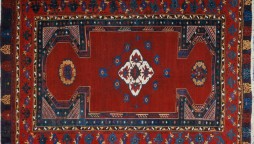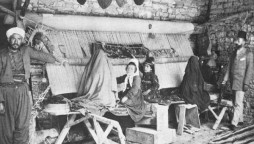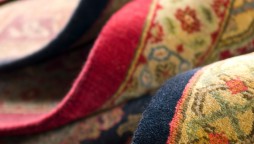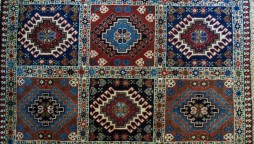The Role of Handmade Rugs in Religions Around the World
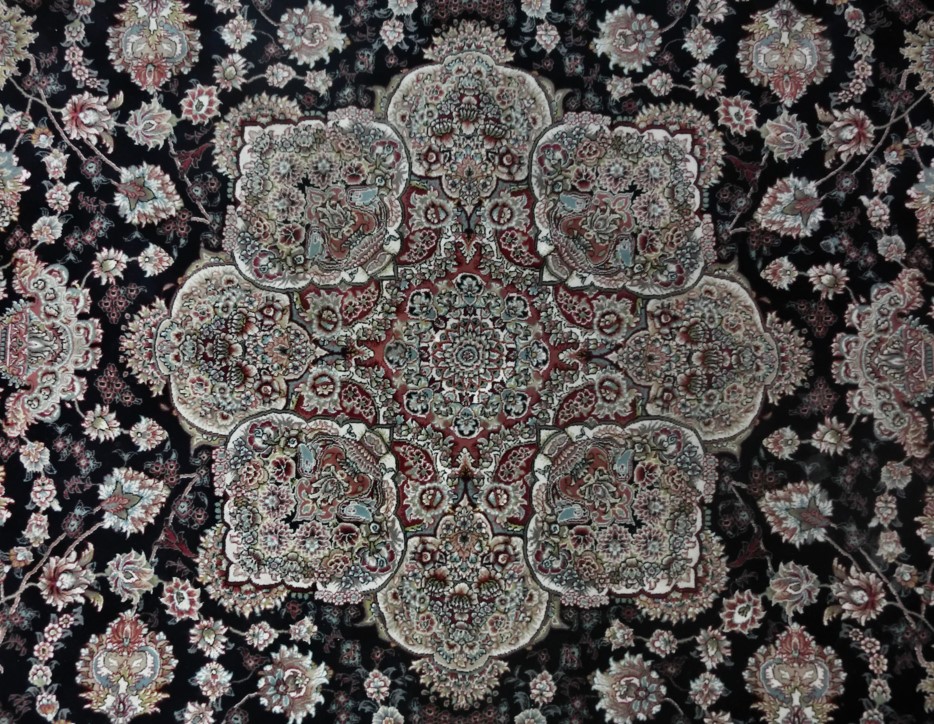
It’s not uncommon for people to immediately think about the Islamic faith when considering the tradition of using rugs in prayer and other religious rituals. However, there are a number of religions across the world and throughout time that have also used rugs as part of their individual and group worship.
Though many rugs on today’s Oriental rug market aren’t used for religious purposes, they often come from countries and people who employ religious themes, in addition secular subjects, in their construction. From India come rugs with Hindi designs, from Muslim countries stem Islamic motifs and even Buddhist and Christian beliefs are portrayed on rugs from places in Asia and European nations.
With that in mind, here is a brief history of how rugs have played an important part in many of these cultures.
Rugs in the Jewish Religion
On Yom Kippur, rugs have often been used when Orthodox Jews kneel and bow on stone or tile floors. Originally, parishioners used towels to kneel upon, but these were soon replaced with handmade rugs due to both the beauty and comfort they presented.
While it’s not always common amongst every Jewish sect, the practice of using these rugs is part of what’s considered prostration, where individuals put their backsides near to the ground and lower themselves for a period of prayer. In some synagogues, rugs are also used to sit upon in lieu of chairs or benches, though this is most common in the Karaite community.
Rugs in Christianity
Rugs haven’t often been utilized in Christianity, yet there have been numerous instances where handmade textiles featured Christian themes throughout history. In fact, an early Christian sect known as the Coptics, who originated in Egypt in the 1st century AD, produced these textiles from linen or wool and used them in religious burial ceremonies, with many of these articles still surviving to this day.
From the Medieval and Renaissance periods, too, have been discovered textiles featuring everything from important religious figures to those of deity, and often made from the very same materials and from similar looms as Oriental rugs.
Islamic Prayer Rugs
Of all the religions, the Islamic faith is by far the most prolific in the use of handmade rugs, which are usually pile carpets placed between the ground and those who are praying or worshipping. On these rugs is often found a niche, which represents the mihrab (a niche in the wall of a mosque), pointing towards Mecca where Muslims direct all of their prayers.
Other decorations included in Islamic prayer rugs are commonly attributed to their area of origin, which can range from tribal and village designs, to various other types denoting a wide range of symbolism and uniqueness from a particular artist or family.
Buddhist Rugs
Though rugs were common in Buddhist culture and history, early writings indicate they were most frequently owned by those who served as prominent religious figures. Despite this, Buddhist rugs are still very common, and their significance stretches back for centuries, if not millennia, as items to meditate upon or as ornamental décor.
One of the more unique elements of Buddhist rugs is their use of shocking designs, as they sometimes depict what many Westerners would term as shocking in nature, including flayed animal and human skins. The reason behind these designs is the Buddhist’s pursuit of bodily detachment and the search for a higher level of consciousness. Yet, many of these rugs also include other subjects as well, such as Lotus blossoms or other indigenous flowers, religious figures, local wildlife or mandala-like designs.
Want to learn more about the designs and uses for Oriental, Persian and Turkish rugs? Come to our showroom or visit our rug shop to view extraordinary carpets from around the world. Ahdoot offers every service available to new rug collectors and enthusiasts, including cleaning, repair and appraisal on any carpet you purchase or already own. Visit us today!

